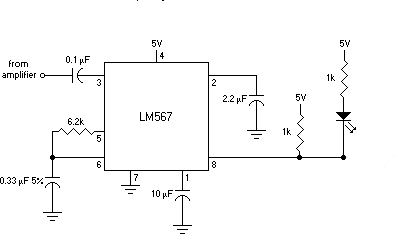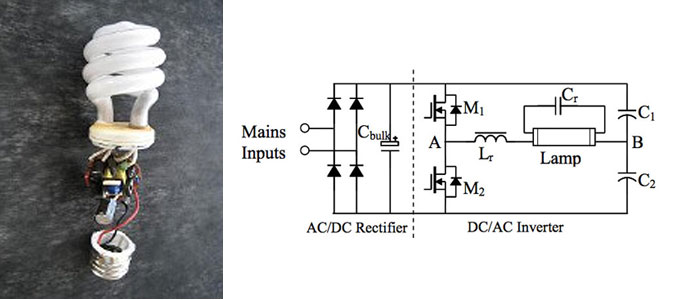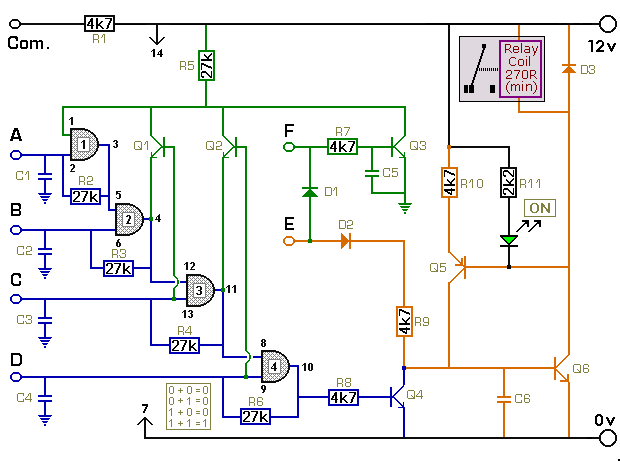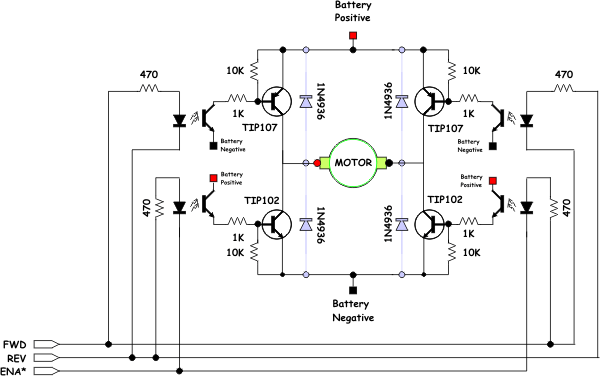
G3XTZ DF Rx Details
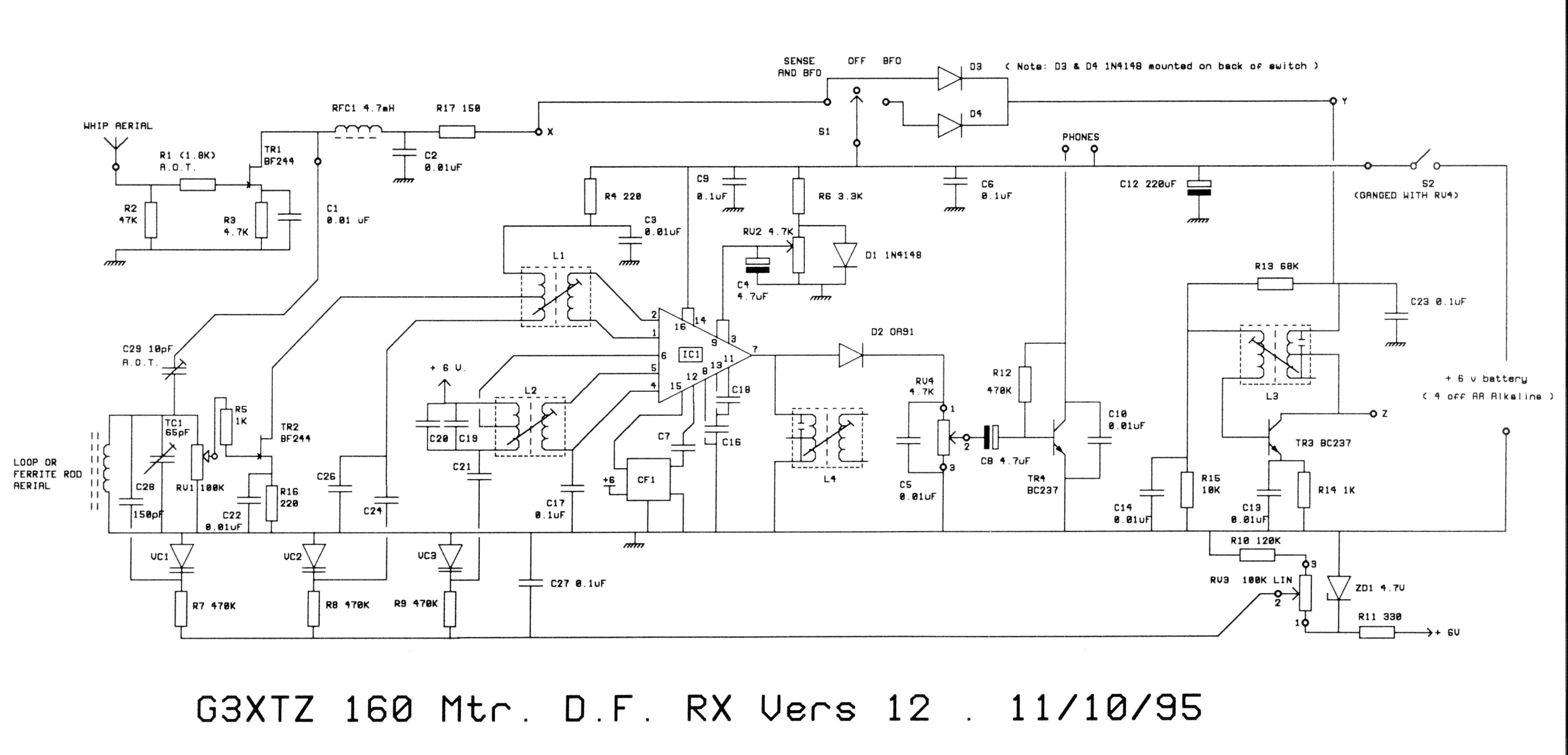
The receiver is constructed on a single-sided printed circuit board measuring 2 by 4.3 inches. Its compact size allows for installation in various enclosures, which should be adequately shielded. The main directional signal is captured by a tuned ferrite rod or loop aerial and is routed through an R.F. attenuator (RV1) to a low-noise FET R.F. amplifier (TR2). A secondary FET R.F. stage (TR1) amplifies the signal received from a vertical whip aerial and can be switched into the circuit to provide a heart-shaped response, aiding in the determination of the received signal's direction. While this direction is not precise, it helps eliminate one of the two sharp null directions that the ferrite aerial offers. The amplified signal is tuned using a Hi-Q coil (L1) and directed into the TCA440 receiver integrated circuit, which includes an R.F. amplifier, balanced mixer, separate local oscillator, I.F. amplifier, and voltage stabilizer. The local oscillator, tuned by L2 with VC3, operates within the 2.265 to 2.455 MHz range, converting incoming signals from 1.81 to 2.00 MHz to a 455 kHz I.F. This I.F. signal passes through a 5.5 kHz bandwidth mechanical filter (CF1) and returns to the TCA440 I.F. amplifier. The amplified signal is rectified by diode D2, producing audio output across the volume control (RV4). Automatic gain control is typically not utilized in direction-finding receivers to prevent masking the effects of aerial rotation; thus, the gains of the R.F. and I.F. amplifiers are regulated by a fixed, stabilized voltage (approximately 0.7 Volt maximum) from trimmer resistor RV2. The adjustable audio levels from the volume control are sent to a single high-gain audio amplifier, which drives the headphones to an adequate level, with medium to high-impedance headphones preferred. TR4, in conjunction with L3, creates a simple Beat Frequency Oscillator that can be activated for the reception of C.W. or SSB signals, typically done on a beat note during bearing determination. R11 and ZD1 (a 4.7 Volt Zener diode) provide a stable voltage for the tuning control (RV3), assisting in frequency stabilization as battery voltage diminishes. The complete receiver draws approximately 20 mA from four AA cells, offering alkaline cells a lifespan of at least 50 hours, sufficient for contests lasting about three hours. Tuning is achieved using three matched varicap diodes and a 100K Ohm linear potentiometer, preferably equipped with a slow-motion drive, offering a more economical and lightweight alternative to air-spaced tuning capacitors. However, air-spaced tuning capacitors can be easily substituted if desired, with a suitable value being around 50 pF maximum. The ferrite rod aerial should ideally measure about 8 inches in length, with the coil closely wound around its center, comprising approximately 30 turns of 24 to 30 gauge wire, and should not be sealed until the receiver is properly aligned. The required inductance is about 55 µH. It is advisable to shield the rod using aluminum or copper, ensuring no shorted turns around it. The screen should match the ferrite rod's length and maintain a distance from it. For a ferrite rod with a diameter of about 3/8 inch, the screen should have a diameter of approximately 1 to 3 inches, with the rod centrally mounted. The screen must be grounded to the receiver case, which should also be connected to the receiver's earth line. After assembly, the receiver should be aligned using a suitable signal generator, if available. The phasing of the sense signal is adjusted using capacitor C29, constructed from two insulated wire pieces about an inch long. It may be necessary to adjust the value of R1, initially set at 1.8K ohms. In recent builds, small trim-potentiometers of about 10K to 22K ohms have been used instead of R1, allowing for adjustments alongside C29 to optimize sense operation. The sense should be calibrated using a signal with a known direction.
The receiver design incorporates a range of components and configurations to ensure effective signal processing and direction finding. The printed circuit board layout is crucial, as it must accommodate the various components while minimizing interference and maintaining signal integrity. The use of a tuned ferrite rod aerial enhances the receiver's sensitivity to directional signals, while the inclusion of multiple amplification stages ensures that the received signals are sufficiently boosted before processing.
The TCA440 integrated circuit plays a central role in the receiver's functionality, integrating multiple stages of signal processing into a compact form factor. The balanced mixer and local oscillator work in tandem to convert incoming radio frequencies into an intermediate frequency, allowing for easier filtering and amplification. The mechanical filter's bandwidth is specifically chosen to optimize signal clarity, which is essential for accurate direction finding.
The design also considers user interface aspects, such as the volume control and tuning mechanisms, ensuring that operators can efficiently adjust settings for optimal performance. The choice of components, such as varicap diodes for tuning, reflects a balance between performance and cost-effectiveness, making the receiver accessible for various applications.
Overall, this receiver design exemplifies a thoughtful approach to electronic circuit design, integrating various technologies to achieve a compact, efficient, and effective direction-finding solution.The receiver is built on a single-sided printed circuit board which measures 2 by 4. 3 inches. The small size means that the board can be fitted into a wide variety of enclosures, which should be well screened. The main directional signal is picked up by a tuned ferrite rod (or loop) aerial and fed, via the R. F. attenuator (RV1) to a low-noise FET R. F. amplifier (TR2). A second FET R. F. stage (TR1) amplifies the signal from a vertical whip aerial and can be switched into circuit to give a heart-shape response so that the direction of received signal can be determined. This direction is not accurate, but serves to eliminate one of the two sharp null directions that the ferrite aerial provides.
The amplified signal is tuned in a Hi-Q coil (L1) and fed into the TCA440 receiver integrated circuit. This I/C includes R. F. amplifier, balanced mixer, separate local oscillator, I. F. amplifier and voltage stabilizer. The local oscillator is tuned by L2 with VC3 and covers 2. 265 to 2. 455 MHz which converts the incoming signals of 1. 81 to 2. 00 MHz to a 455 kHz I. F. This signal is fed from the mixer through the 5. 5 kHz bandwidth Mechanical filter (CF1) and back into the TCA440 I. F. amp. The amplified signal is rectified by diode D2 and appears as audio across the volume control (RV4). Automatic gain control is not normally used in a direction finding receiver (this would mask the effect of rotating the aerial) so the gain of the R.
F. and I. F. amplifiers are set by a fixed, stabilized voltage ( about 0. 7 Volt maximum ) from trimmer resistor RV2. Adjustable audio levels are fed from the volume control to a single, high gain audio amplifier which drives the headphones to adequate level. Medium to high impedance headphones are preferred. TR4 with L3 form a simple Beat Frequency Oscillator which can be switched in to enable reception of C.
W. or SSB signals. When a bearing is being taken, this is usually done on a beat note. R11 with ZD1 (a 4. 7 Volt Zenner diode) produce a stable voltage for the tuning control (RV3) to help stabilize the frequency as the battery volts drop. The complete receiver takes about 20 mA from the 4 AA cells which should give alkaline cells a life of at least 50 hours.
(Each contest normally lasts about 3 hours) Tuning is accomplished by 3 matched varicap diodes and a 100K Ohm linear pot. which is preferably fitted with a slow-motion drive. This is a much cheaper and lighter method than using an air-spaced tuning capacitor. If required, it is quite easy to substitute air-spaced tuning capacitors instead of the varicaps and a value of about 50 pF maximum would be suitable.
The ferrite rod aerial is made about 8 inches long if possible, and the coil is close-wound on the center. About 30 turns of 24 to 30 gauge would be suitable and should not be sealed until the receiver is aligned.
(The inductance required is about 55 uH. ) It is also a good idea to screen the rod, aluminum or copper being suitable, avoiding a shorted turn around the rod. This screen can be about the same length as the ferrite rod and should not be too close to it. If the ferrite rod is about 3/8 inch diameter, the screen should be approximately 1 to 3 inches diameter with the rod mounted centrally.
The screen should be earthed to the receiver case, which must also have a connection to the receiver earth line. After construction, the receiver is aligned on a suitable signal generator, if available, and the phasing of the sense signal is adjusted by the use of the capacitor C29, which is made out of two insulated pieces of wire about an inch long.
It may be necessary to change the value of R1 which is provisionally fitted as 1. 8K ohms. In most receivers built recently, we have fitted small trim-pots of about 10K to 22K Ohms in place of R1, and this is adjusted, together with C29, to produce the best sense operation. The sense should be set up on a signal whose direction is k 🔗 External reference
The receiver design incorporates a range of components and configurations to ensure effective signal processing and direction finding. The printed circuit board layout is crucial, as it must accommodate the various components while minimizing interference and maintaining signal integrity. The use of a tuned ferrite rod aerial enhances the receiver's sensitivity to directional signals, while the inclusion of multiple amplification stages ensures that the received signals are sufficiently boosted before processing.
The TCA440 integrated circuit plays a central role in the receiver's functionality, integrating multiple stages of signal processing into a compact form factor. The balanced mixer and local oscillator work in tandem to convert incoming radio frequencies into an intermediate frequency, allowing for easier filtering and amplification. The mechanical filter's bandwidth is specifically chosen to optimize signal clarity, which is essential for accurate direction finding.
The design also considers user interface aspects, such as the volume control and tuning mechanisms, ensuring that operators can efficiently adjust settings for optimal performance. The choice of components, such as varicap diodes for tuning, reflects a balance between performance and cost-effectiveness, making the receiver accessible for various applications.
Overall, this receiver design exemplifies a thoughtful approach to electronic circuit design, integrating various technologies to achieve a compact, efficient, and effective direction-finding solution.The receiver is built on a single-sided printed circuit board which measures 2 by 4. 3 inches. The small size means that the board can be fitted into a wide variety of enclosures, which should be well screened. The main directional signal is picked up by a tuned ferrite rod (or loop) aerial and fed, via the R. F. attenuator (RV1) to a low-noise FET R. F. amplifier (TR2). A second FET R. F. stage (TR1) amplifies the signal from a vertical whip aerial and can be switched into circuit to give a heart-shape response so that the direction of received signal can be determined. This direction is not accurate, but serves to eliminate one of the two sharp null directions that the ferrite aerial provides.
The amplified signal is tuned in a Hi-Q coil (L1) and fed into the TCA440 receiver integrated circuit. This I/C includes R. F. amplifier, balanced mixer, separate local oscillator, I. F. amplifier and voltage stabilizer. The local oscillator is tuned by L2 with VC3 and covers 2. 265 to 2. 455 MHz which converts the incoming signals of 1. 81 to 2. 00 MHz to a 455 kHz I. F. This signal is fed from the mixer through the 5. 5 kHz bandwidth Mechanical filter (CF1) and back into the TCA440 I. F. amp. The amplified signal is rectified by diode D2 and appears as audio across the volume control (RV4). Automatic gain control is not normally used in a direction finding receiver (this would mask the effect of rotating the aerial) so the gain of the R.
F. and I. F. amplifiers are set by a fixed, stabilized voltage ( about 0. 7 Volt maximum ) from trimmer resistor RV2. Adjustable audio levels are fed from the volume control to a single, high gain audio amplifier which drives the headphones to adequate level. Medium to high impedance headphones are preferred. TR4 with L3 form a simple Beat Frequency Oscillator which can be switched in to enable reception of C.
W. or SSB signals. When a bearing is being taken, this is usually done on a beat note. R11 with ZD1 (a 4. 7 Volt Zenner diode) produce a stable voltage for the tuning control (RV3) to help stabilize the frequency as the battery volts drop. The complete receiver takes about 20 mA from the 4 AA cells which should give alkaline cells a life of at least 50 hours.
(Each contest normally lasts about 3 hours) Tuning is accomplished by 3 matched varicap diodes and a 100K Ohm linear pot. which is preferably fitted with a slow-motion drive. This is a much cheaper and lighter method than using an air-spaced tuning capacitor. If required, it is quite easy to substitute air-spaced tuning capacitors instead of the varicaps and a value of about 50 pF maximum would be suitable.
The ferrite rod aerial is made about 8 inches long if possible, and the coil is close-wound on the center. About 30 turns of 24 to 30 gauge would be suitable and should not be sealed until the receiver is aligned.
(The inductance required is about 55 uH. ) It is also a good idea to screen the rod, aluminum or copper being suitable, avoiding a shorted turn around the rod. This screen can be about the same length as the ferrite rod and should not be too close to it. If the ferrite rod is about 3/8 inch diameter, the screen should be approximately 1 to 3 inches diameter with the rod mounted centrally.
The screen should be earthed to the receiver case, which must also have a connection to the receiver earth line. After construction, the receiver is aligned on a suitable signal generator, if available, and the phasing of the sense signal is adjusted by the use of the capacitor C29, which is made out of two insulated pieces of wire about an inch long.
It may be necessary to change the value of R1 which is provisionally fitted as 1. 8K ohms. In most receivers built recently, we have fitted small trim-pots of about 10K to 22K Ohms in place of R1, and this is adjusted, together with C29, to produce the best sense operation. The sense should be set up on a signal whose direction is k 🔗 External reference
